Welcome, Guest

SHOP WITH CONFIDENCE. We deal direct with publishers and import the games from USA, Europe, China/HK and even New Zealand. All our games are original or licensed editions #nofakes We have new arrivals and restocks regularly and this is where you can keep track of what are incoming to help with your boardgame fix. Are you into Kickstarters? Then do take a look at our ongoing Kickstarter Preorders. If you cannot find the game(s) you are looking for here, feel free to us a line. Happy browsing!

Boardgamecafe.net has been supporting Kickstarter projects since our first preorder back in 2011 with "Startup Fever". Our primary focus are on solid Euro-style games that are being launched thru Kickstarters. Check out the campaigns we are backing and if you do not find your fave Kickstarter in our list, feel free to reach out to us!
GAME ACCESSORIES - card sleeves, game organizers & inserts, improved game components, player mats & game boards, metal coins, dice accessories - to enhance and pimp-up your gaming experience.
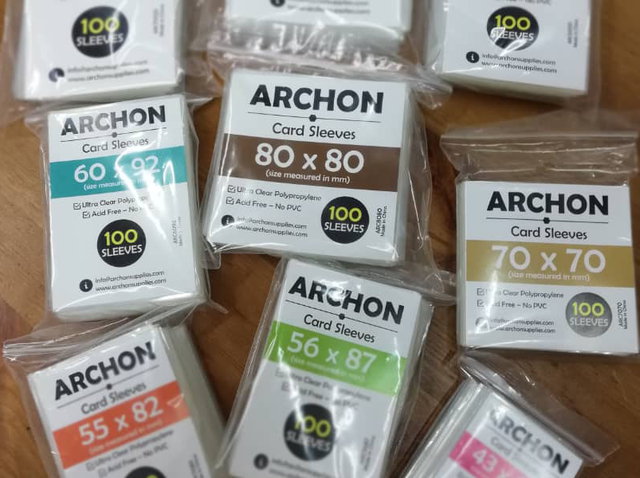 Card Sleeves
Card Sleeves
|
 Dice / Tower
Dice / Tower
|
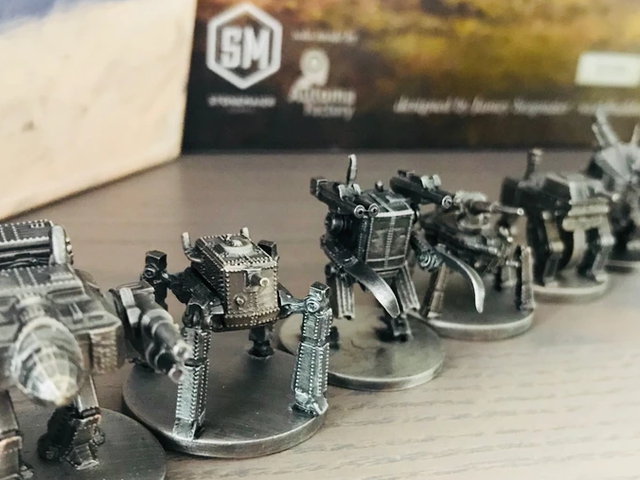 Components
Components
|
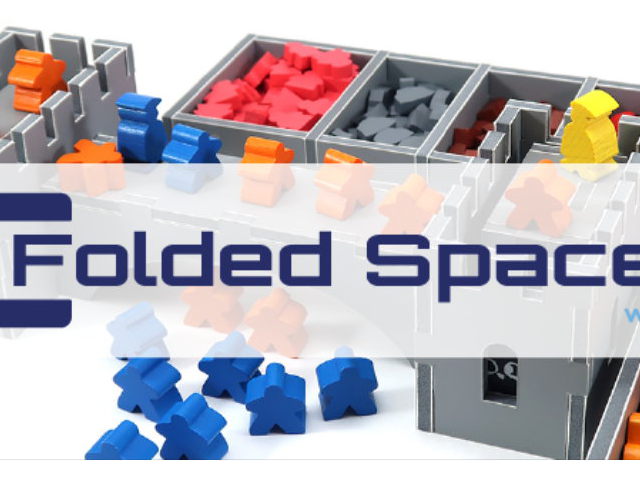 Organizer
Organizer
|
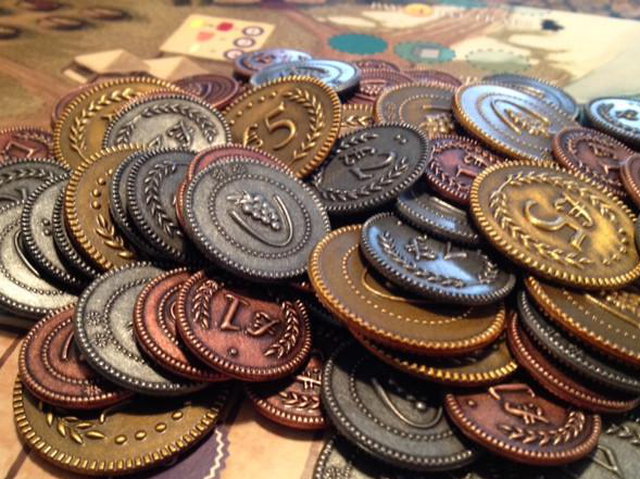 Metal Coins
Metal Coins
|
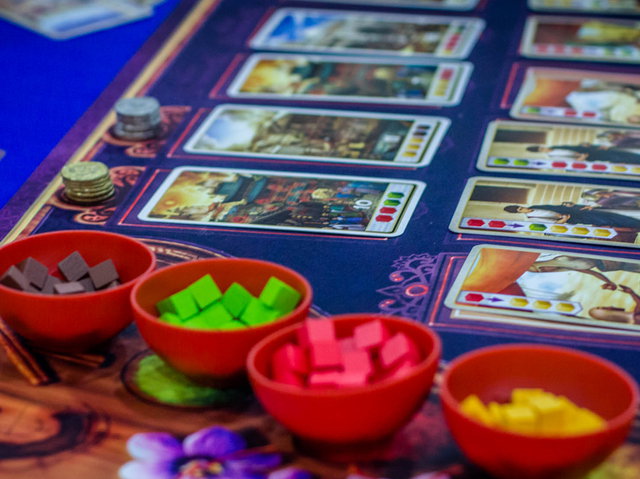 Mat & Board
Mat & Board
|
 Promos
Promos
|
 Storage Box
Storage Box
|
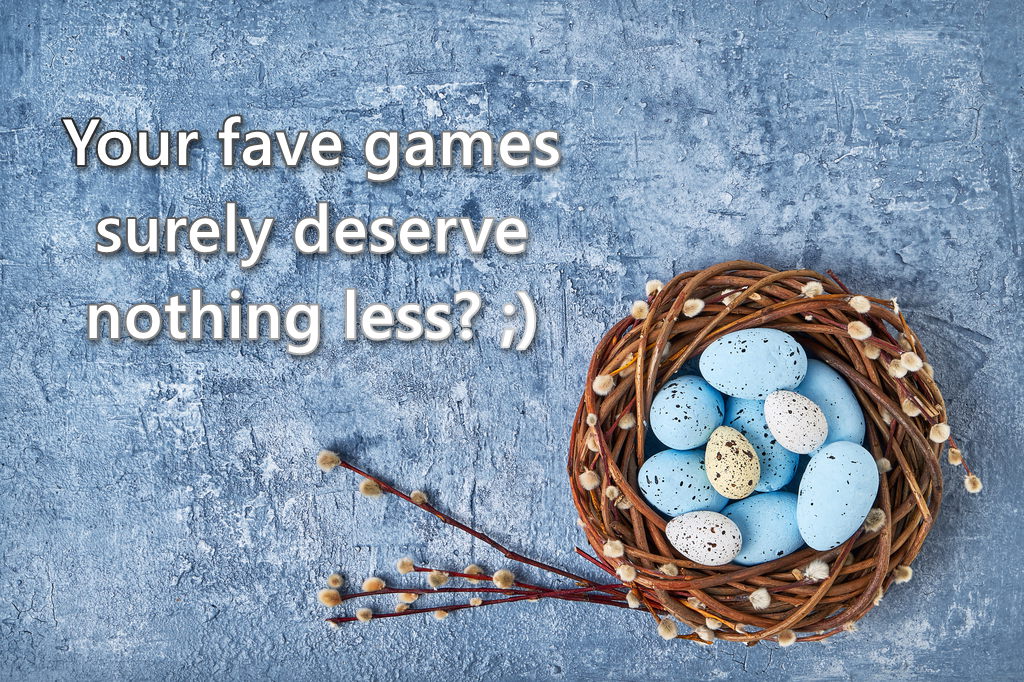
Copyright 2020-2021 ARCHON BGC PLT. All rights reserved.
![]()
![]()
![]()
